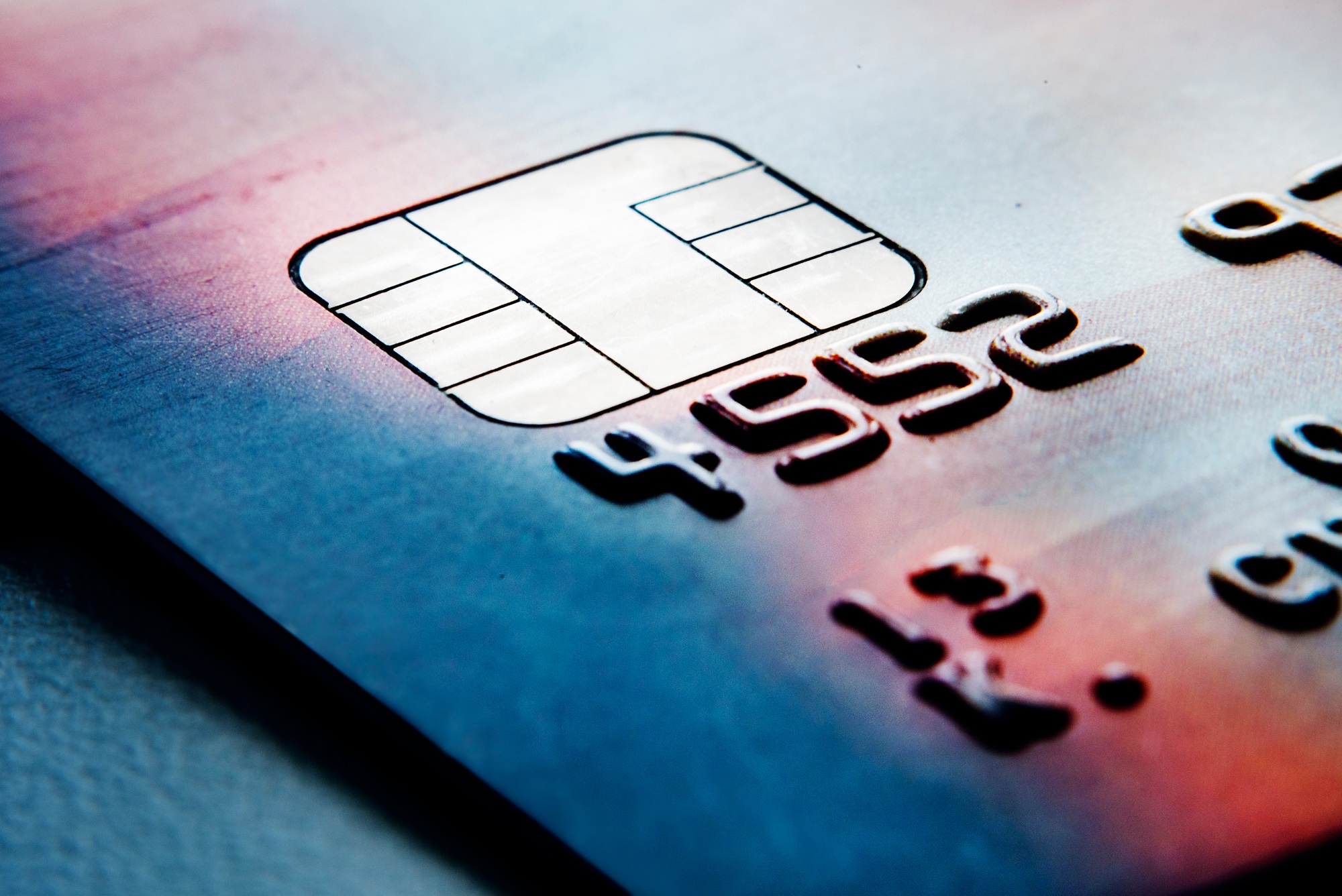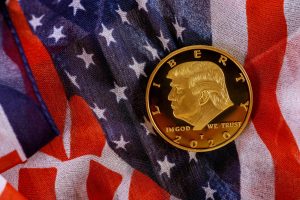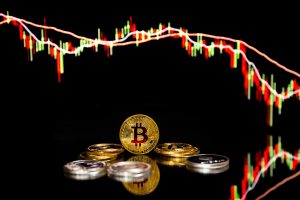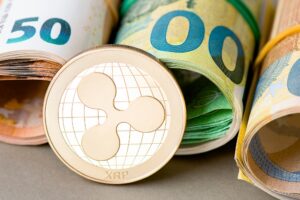Cashback credit cards are emerging as an effective strategy for consumers looking to bolster their financial safety nets. As financial uncertainty looms in today’s economy, more individuals are turning to this innovative approach to fund their emergency savings.
Market Impact
The current economic climate, characterized by rising inflation and uncertain job markets, has underscored the importance of having a robust emergency fund. According to a recent survey by Bankrate, only 27% of Americans have enough savings to cover at least three months of expenses, a financial buffer experts recommend as critical. As disposable incomes remain strained, cashback credit cards present a unique opportunity for savvy consumers to save while they spend.
These cards offer a percentage back on purchases, ranging from 1% to 5% or more, depending on the card and the spending categories. For instance, a consumer using a cashback credit card for regular monthly expenses, like groceries and gas, could potentially earn hundreds of dollars annually. When set aside, this cashback can contribute significantly to an emergency fund.
Expert Opinion
Financial advisors suggest that implementing a cashback strategy requires discipline. “The key is to treat the cashback as a bonus rather than an incentive to overspend,” notes Laura Adams, a personal finance expert and author. “When used wisely, cashback rewards can be an excellent way to jumpstart your emergency savings without straining your budget.”
Adams further explains that individuals should ideally pay off their credit card balances in full each month to avoid accruing high-interest debt, which can undermine the benefits of earning rewards. “By leveraging cashback effectively, consumers can enhance their financial resilience and prepare for unexpected expenses,” she adds.
Background
The concept of using cashback credit cards is not new, but its application to building an emergency fund represents a shift in personal finance strategy. Historically, emergency funds were funded through direct savings from earnings. However, the rise of digital banking and rewards programs has made it increasingly feasible to consider indirect savings avenues, such as cashbacks.
In 2022 alone, cashback cards accounted for over $75 billion in rewards, according to industry reports. This growth is indicative of a broader trend where consumers are becoming more strategic about their spending habits. Many financial institutions are now emphasizing rewards programs, prompting more customers to reconsider how they allocate their finances.
What’s Next
The future of cashback credit cards in funding emergency savings looks promising. Financial institutions are likely to continue innovating in this area, offering enhanced rewards structures and tailored cashback programs that align with consumer needs. Additionally, as mobile banking apps and personal finance tools evolve, managing and tracking cashback earnings will become increasingly seamless.
For individuals looking to integrate this strategy into their financial planning, there are several actionable steps to consider. First, selecting the right cashback credit card is crucial—cards that offer higher percentages on categories where consumers typically spend more can yield greater rewards. Furthermore, establishing a dedicated savings account for the cashback rewards can incentivize saving and help avoid the temptation to spend the earned money.
In conclusion, leveraging cashback credit cards as a means to fund an emergency fund can be a strategic move in today’s financial landscape. By approaching this option with discipline and planning, consumers can enhance their financial security and better prepare for unforeseen circumstances. With expert guidance and a proactive mindset, the synergy between spending and saving can create a substantial financial buffer for the future.







